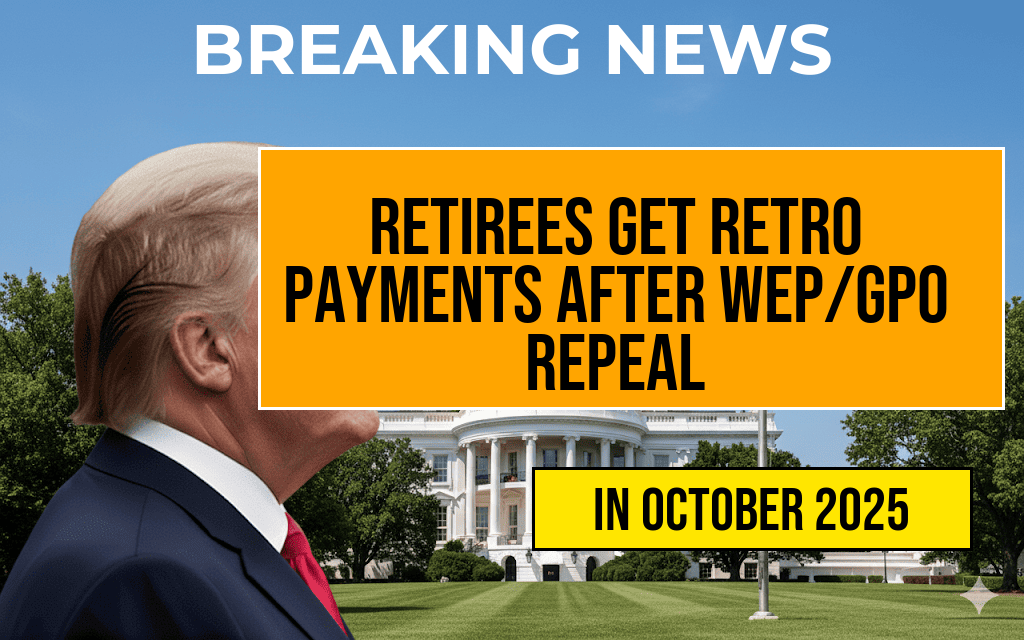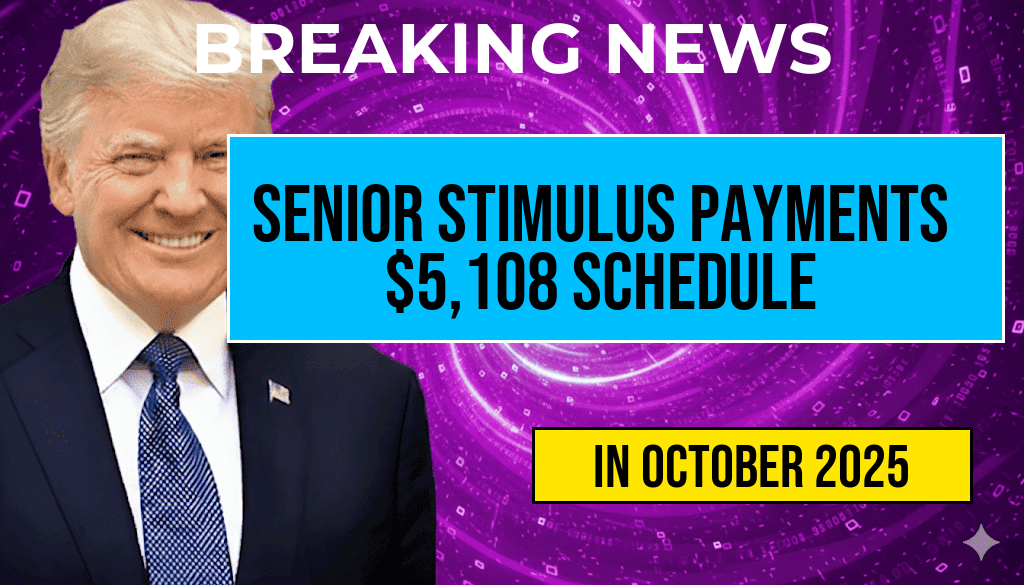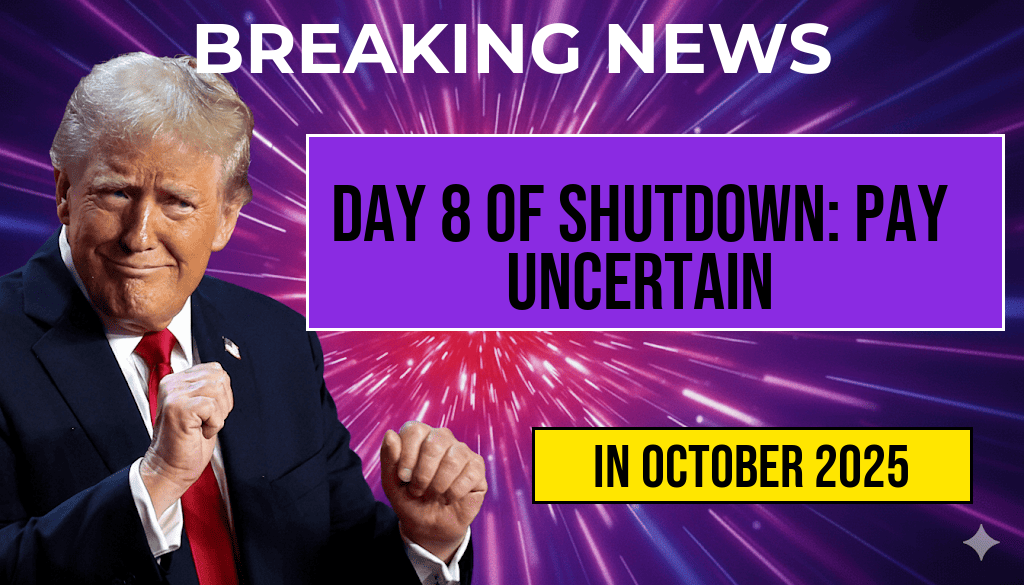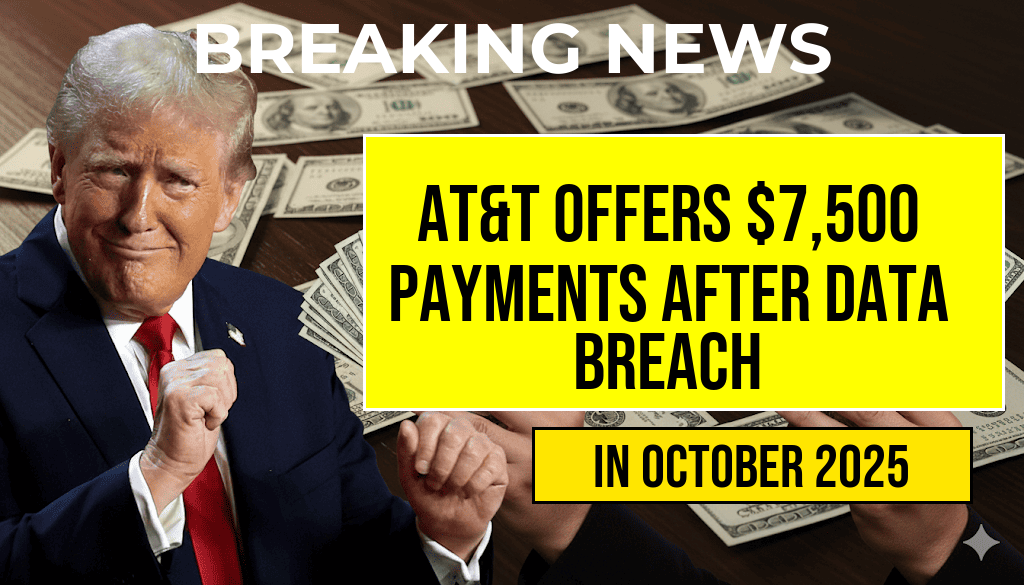More than three million two hundred thousand retirees across the United States are now eligible for retroactive lump sum payments, following the recent repeal of the Windfall Elimination Provision (WEP) and Government Pension Offset (GPO). These legislative changes aim to address longstanding concerns about unfair reductions in Social Security benefits for public sector workers who also receive pensions. Eligible individuals are encouraged to verify their eligibility promptly, as the payments, which can amount to thousands of dollars, are being distributed on a rolling basis. This development marks a significant shift in how benefits are calculated for millions of Americans, potentially providing much-needed financial relief to retirees who had previously faced diminished payments due to these policies.
Understanding the WEP and GPO Repeal and Its Impact on Retirees
The WEP and GPO have historically affected public servants who contributed to both the Civil Service Retirement System (CSRS) or other federal pension plans and paid into Social Security. These provisions often resulted in reduced Social Security benefits, sometimes by thousands of dollars annually, creating financial strain for retirees who relied on combined income sources. The recent legislative overhaul eliminates these reductions for most affected individuals, restoring a more equitable calculation of benefits and providing a retroactive payment to compensate for past discrepancies.
The Legislative Changes and Implementation Timeline
The reforms stem from the bipartisan “Retirement Fairness Act,” signed into law earlier this year, which aims to eliminate the WEP and GPO for affected retirees. The law applies retroactively to January 1, 2023, meaning eligible retirees can now claim benefits they were previously denied or reduced. The Social Security Administration (SSA) has been working with federal agencies to identify eligible recipients and facilitate the distribution of these lump sum payments.
Who Is Eligible for Retroactive Payments?
| Criteria | Details |
|---|---|
| Retirement date | Retired on or after January 1, 2023 |
| Previous benefit reduction | Had benefits reduced due to WEP or GPO |
| Federal or public sector employment | Worked in a position subject to WEP/GPO provisions |
| Application status | Did not previously claim or receive retroactive payments |
The SSA has emphasized that not all retirees automatically receive these payments. Individuals must verify their eligibility and may need to submit additional documentation or requests to ensure they receive the owed amounts.
How to Verify Eligibility and Claim Retroactive Payments
Steps for Retirees
- Check your Social Security Statement: Review your latest statement online through your mySocialSecurity account to see if there are indications of retroactive benefits or adjustments.
- Contact the SSA: Reach out via the official SSA website or customer service lines to confirm your eligibility and inquire about upcoming payments.
- Review Personal Records: Ensure your employment records and pension documentation are accurate and up-to-date, as discrepancies can delay processing.
- Submit necessary documentation: If required, submit forms or evidence to substantiate your claim for retroactive benefits.
Timing and Payment Details
The SSA has begun issuing retroactive payments, which may vary based on individual circumstances. Payments are typically processed within 30 to 60 days after eligibility verification. The amount can range from a few hundred to several thousand dollars, depending on the duration and extent of benefits reduction caused by WEP or GPO.
Why This Change Matters for Retirees
For many retirees, these retroactive payments provide long-overdue financial relief, helping to offset years of benefit reductions. The reforms also set a precedent for fairer treatment of public sector workers, who often face complex benefit calculations that can significantly impact their retirement income. The ability to receive a lump sum correction may influence financial planning, debt repayment, or healthcare expenses for affected individuals.
Expert Perspectives
Financial and retirement experts highlight that this development underscores the importance of staying informed about legislative changes and actively managing retirement benefits. “Retirees should review their benefit statements regularly and contact the SSA if they suspect they are owed additional payments,” advises Forbes. Others emphasize that the retroactive payments are a recognition of past disparities, but also a reminder of the need for ongoing advocacy to ensure fair benefits for all public workers.
Resources for Retirees
- SSA Retirement Benefits Page
- Wikipedia: Social Security in the United States
- Legislative Details of the Retirement Fairness Act
Frequently Asked Questions
What is the significance of the WEP and GPO repeal for retirees?
The WEP (Windfall Elimination Provision) and GPO (Government Pension Offset) were policies that reduced benefits for certain retirees. Their repeal means that three million two hundred thousand retirees are now eligible for retroactive lump sum payments, potentially amounting to thousands of dollars.
How can retirees verify their eligibility for the retroactive lump sum payments?
Retirees should check their Social Security records and review recent communications from the Social Security Administration (SSA) to confirm if they qualify for the retroactive payments. Eligibility is based on the repeal of WEP and GPO and whether they meet specific criteria.
When will retirees receive their retroactive lump sum payments?
The disbursement process is underway, and eligible retirees are expected to receive their retroactive payments in the coming months. It’s advisable to monitor your SSA account or contact SSA for updates on the status of your payment.
How much money can retirees expect from the retroactive payments?
The amount varies depending on individual work history and benefits. Some retirees could receive thousands of dollars as a lump sum, especially if they were previously affected by the WEP or GPO reductions.
What should retirees do if they believe they are eligible but have not received their retroactive payment?
If eligible retirees have not received their lump sum payments, they should contact the Social Security Administration or visit their official website to verify their status and ensure all necessary information is up to date.








